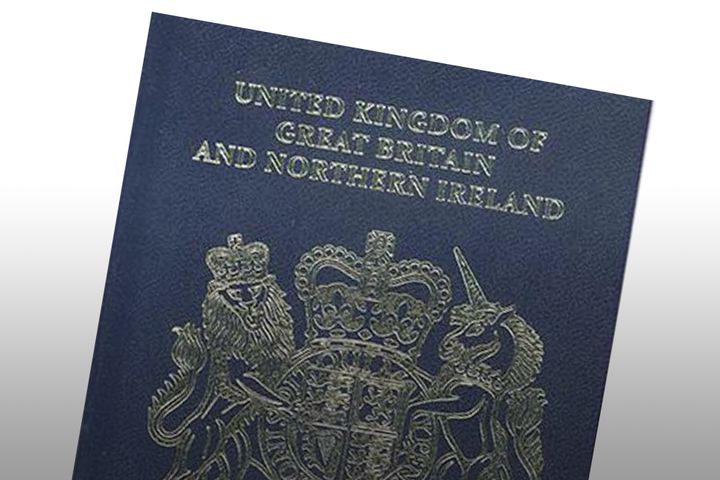The government’s decision to return British passports to their “iconic” blue hue has prompted scenes of sheer jubilation among Brexiteers - but it’s not without controversy.
The words “European Union” will be removed from the new documents, due to be issued from September 2019, while the new colour scheme will also include opulent flashes of gold.
On the inside, pages will “be adorned with patriotic background scenes,” The Sun reported with glee.
Satirists, however, felt the announcement didn’t go far enough in the brave new world of Brexit.
And here are 7 pretty awkward facts all those chalking up blue passports as a “win” should know.
1. No, the EU doesn’t demand all its members have burgundy passports
The bloc has issued guidance for member states’ passports in an effort to standardise official documents across the continent.
But this is guidance, not an obligation.
Meaning while most EU countries have burgundy passports - Croatia still proudly issues blue ones.
2. Research shows Leave voters are more likely not to hold a passport
Those living in areas which voted to Leave the EU are more likely to be without a passport than those in Remain voting areas, according to research.
In an analysis of constituencies, the Financial Times found: “After education and occupation, the share of people not holding a passport was the next most strongly correlated characteristic with the Leave vote.”

3. Many Brits have never even seen a blue passport
If the breakdown of the vote to leave the European Union wasn’t enough proof of a deep divide between generations, the idea that blue passports are “coming back” acts as further evidence for millions of Millennials who’ve only ever seen red.
The design changed in 1988, with the last blue passport given out in 1993.
According to 2011 census data, as many as 17 million Brits will have only ever been issued burgundy documents.
And a separate poll published by the Guardian found 72% of young people say they will miss having an EU passport.
4. As things stand, the new blue post-Brexit passport won’t let Brits work abroad
If we don’t secure crucial partnerships with other nations, including the EU, the new blue passports won’t allow holders to live and work abroad.
5. The new blue passport could be made in, erm, Germany
As The Sun reports, three companies are currently bidding for the contract to make the new blue passport - including a manufacturer based in Germany.
As the tender process has to be undertaken according to EU competition rules, there can be no disadvantage to European firms.
So there’s a chance the German firm could win the contract, an outcome Tory MP Mark Pritchard has said he’s concerned about.
Or as Scottish First Minister Nicola Sturgeon put it:
6. Not only will the new blue passport carry French words but passport itself is a French word
The new blue passports will continue to carry the Queen’s crest insignia - which is inscribed with the French phrase Dieu et mon droit or “God and my right”.
Its inclusion has in the past been controversial among Brexiteers.
HuffPost UK reported last year how a petition to remove “all French words” from British passports post-Brexit painfully ignored the fact that passport is itself a French word, derived from passer the French for “pass” and seaport for “port”.
7. Oh, and blue passports already kind of exist in Britain
It is known as a ‘Conventional Travel Document’ (CTD), and is awarded by the government to people passing through UK borders “if you’re not British and can’t use or get a passport from your country”.
There are only four strict criteria that entitle a person to the navy blue passport, the Home Office website says: “They must be a refugee or stateless person, have humanitarian protection, a failed asylum application or permission for “indefinite leave to remain”.
And it’s not just refugees given blue passports - they are also issued to pets.
Read all you need to know from the world of Brexit by signing up to HuffPost’s weekly Brexit Briefing - sent straight to your inbox every Thursday.
